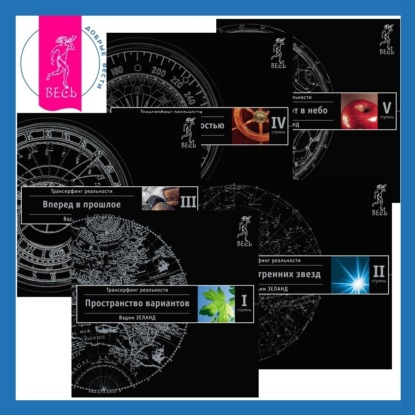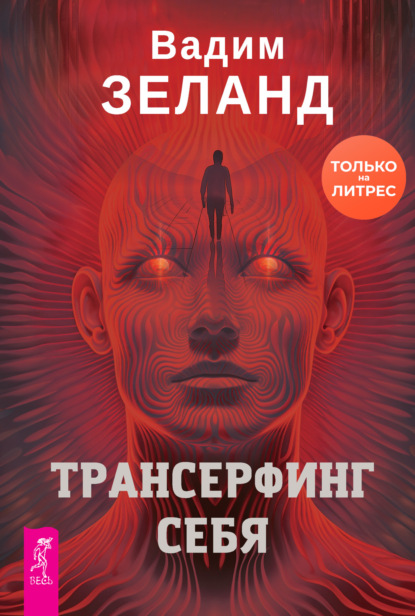A team of expert authors examines the many ways in which fifteenth-century woodcuts and metalcuts reflect the nature of piety and visual experience. Replicated images helped to structure private religious practice, transmit beliefs, disseminate knowledge about material facts, and graph abstract ideas. Mass-produced pictures made it feasible for people of all stations to possess them, thereby initiating a change in the role of images that eventually helped alter the definition of art itself.
The Origins of European Printmaking is an essential book for art historians, students, and collectors, as well as the general reader with an interest in medieval history and culture.















